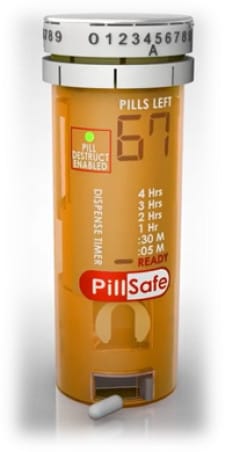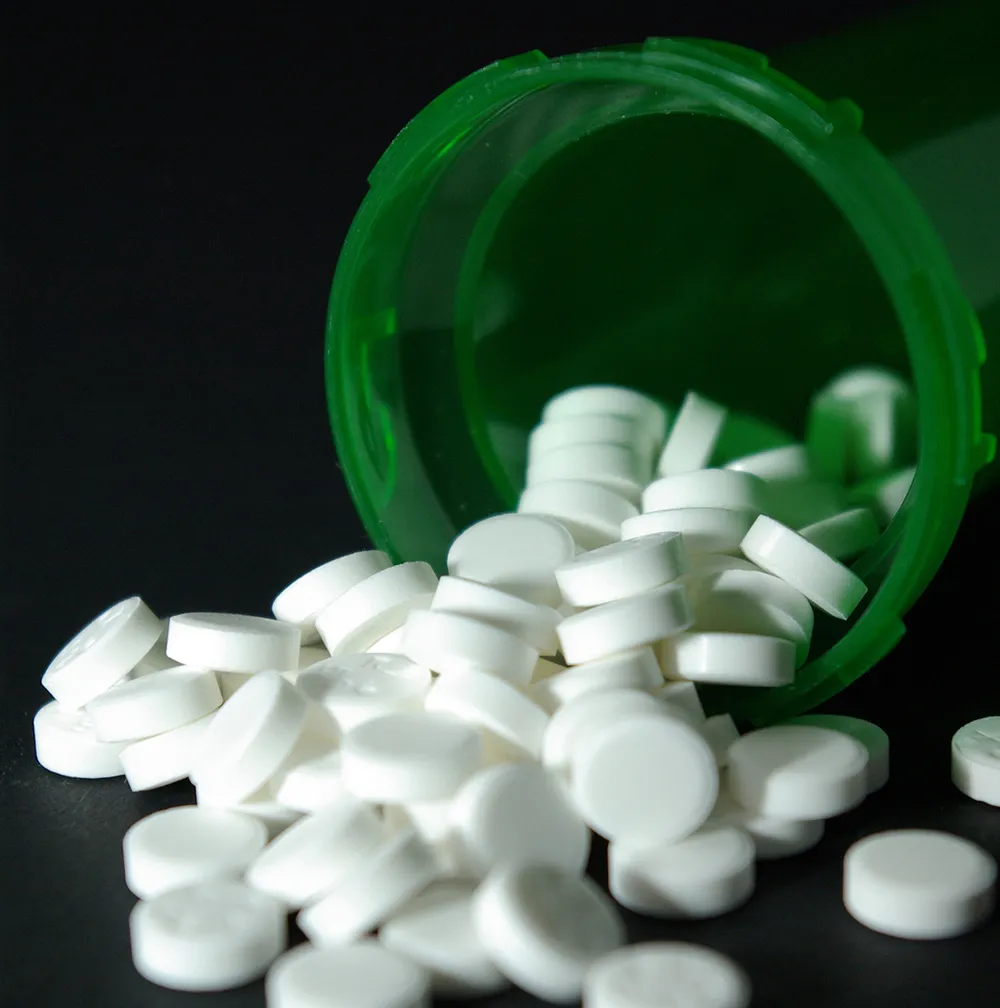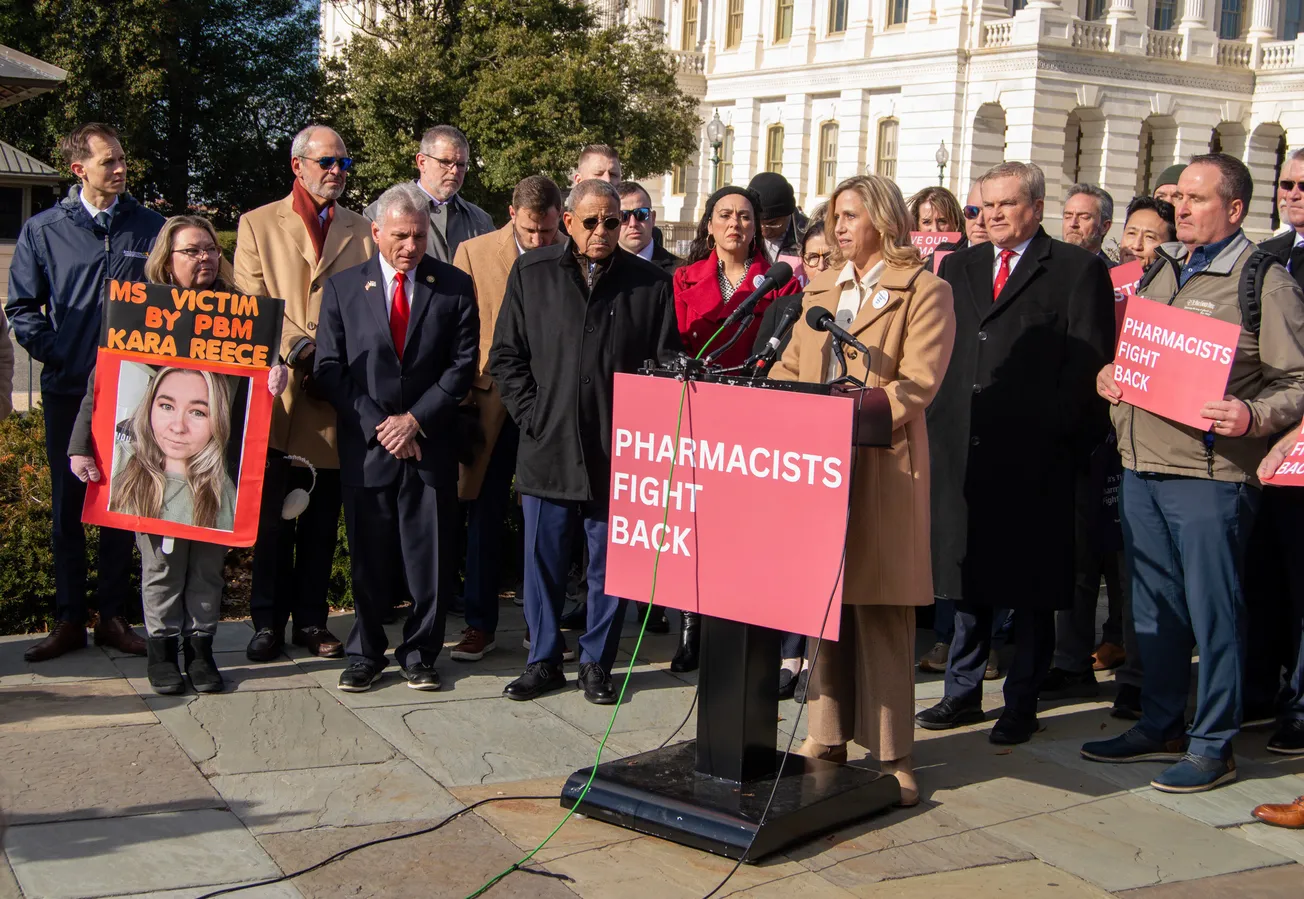EDMOND, Okla. — About 1.2 million people will die from opioid overdoses in the United States and Canada this decade, demonstrating the urgent need for a solution to the drug epidemic. The PillSafe Bottle is the culmination of five patented feature sets that together create a “smart” pill delivery system to ensure patients take medications safely and as prescribed by their physician.

Opioids are a class of drugs used to control pain, including oxycodone (OxyContin, Percocet), hydrocodone (Vicodin, Norco), fentanyl, morphine, and others. The illegal drug heroin also is an opioid.
Because of aggressive marketing of these controlled substances, ineffective regulations and a trend of physicians placing more emphasis on treating pain, U.S. opioid use has soared. Americans, just 5% of the world’s population, consume 80% of the world’s opioid supply and 90% of the hydrocodone supply. Since the late 1990s, opioid overuse has become a crisis: overdose deaths doubled from 2000 to 2010 and then tripled from 2010 to 2020. More than 80,000 Americans died from opioid overdoses in 2021.
Dr. John Barr created PillSafe in response to two decades of efforts by pharmaceutical companies and the U.S. Food and Drug Administration to stem the opioid epidemic. That response began with pushing for labeling changes on OxyContin as early as 2001, and as late as December 15, 2023, the FDA is still implementing labeling requirements for immediate-release and extended-release opioid painkillers. Debate over safer forms of opioids has continued for decades.
Barr cites, in particular, the focus of pharmaceutical companies and the FDA on developing “abuse deterrent formulations” (ADFs) of opioid painkillers. The process began in 2013 and continues today, but after more than a decade, the effectiveness of those formulations in preventing abuse is still unproven, Barr said.
The failed market and regulatory response left Barr determined to find a better solution.
“PillSafe can help protect patients and offers a safer way to deliver medication in the healthcare and drug manufacturing industries,” Barr said. “The way our technology works is that every pill stays within the confines of our system, and that has the potential to save lives from drug abuse.”
The PillSafe medication delivery system secures medications at the source.
The pharmacist inserts the medication into the PillSafe container, snaps the lid in place, and programs the bottle to deliver the proper dosage on the precise schedule set by the doctor. Each PillSafe bottle has a unique, preset three-digit access code that the patient enters to dispense the medication at the time intervals set by the physician. The patient presses down on the lid and rotates it clockwise to access the medication. Then the device is locked again, and the countdown timer restarts for the next dose.
An electronic net inside each PillSafe container can detect any breach attempt. PillSafe can be programmed to destroy the medication or notify the physician or the pharmacy to confirm compliance. The PillSafe container is single-use and disposable.
“We created PillSafe to keep patients safe, by ensuring they comply with their doctor’s orders,” Barr said. “This is an innovative technology that can battle the opioid epidemic on the front lines and provide a solution that has been elusive for more than 20 years.”
For more information, please visit https://pillsafeprotection.com/.







